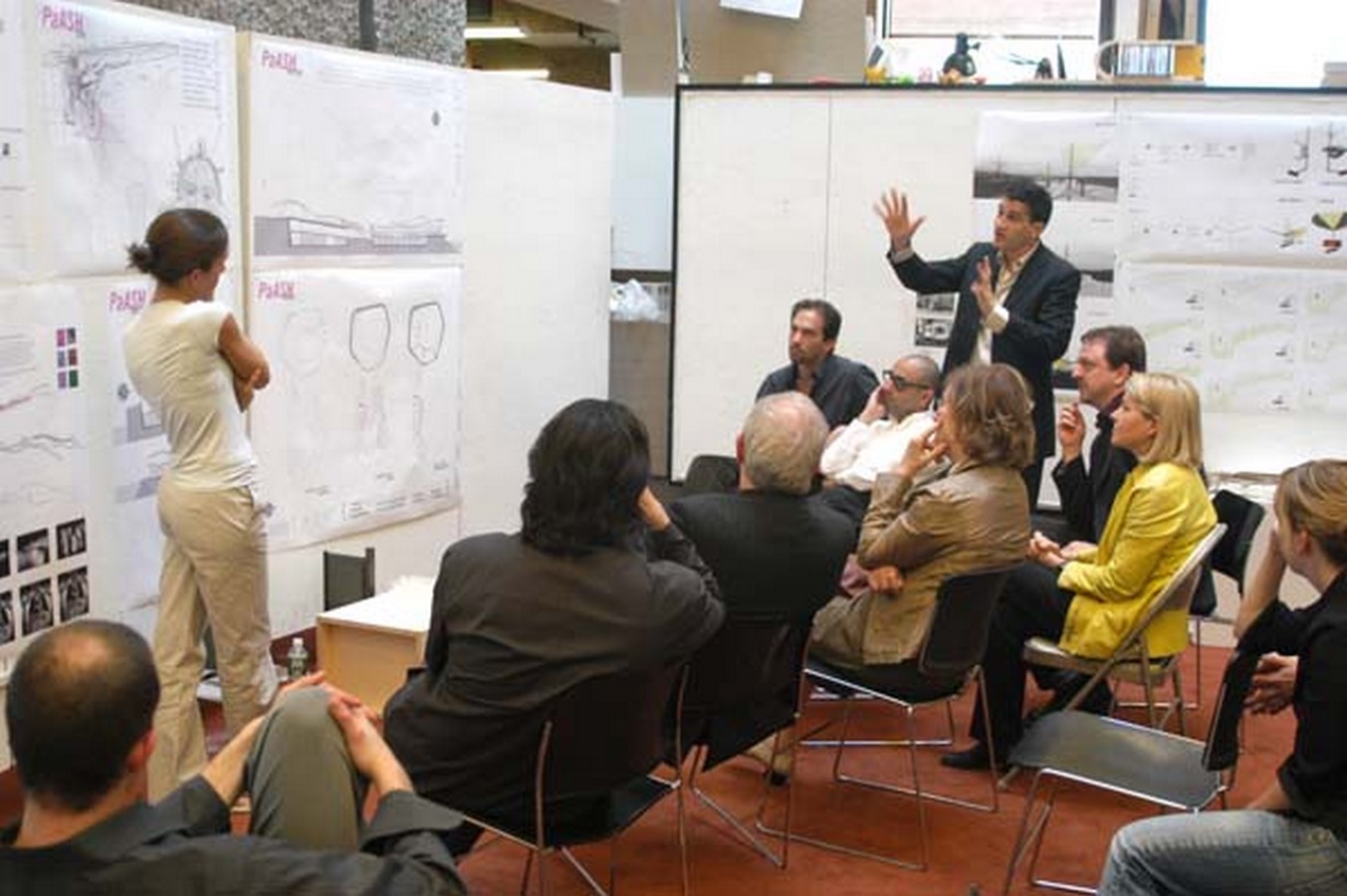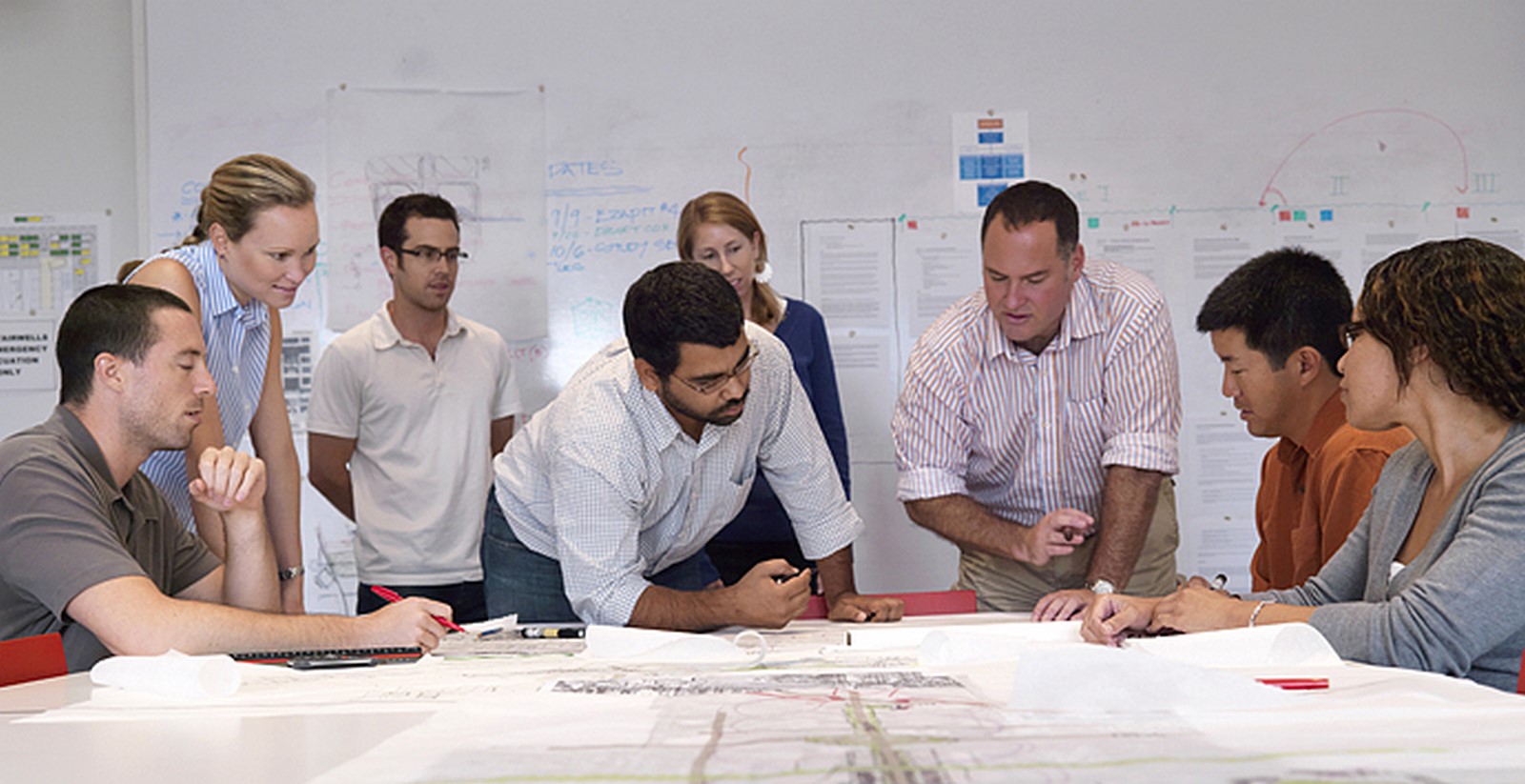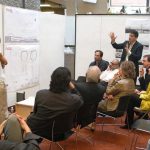The profession of architecture is unique and representative of the fraternity it encompasses- ‘Architects’. It is a blend of technicality and creativity that is churned out of intensive graduation courses around the world; each year bringing in new lessons to learn through the numerous opportunities to grow as both an architect and as a person.
In India, the course of Bachelor’s in Architecture (B.Arch.) consists of five years: the first three years to familiarise students with the theoretical foundation and the last two years to introduce students to the practice of architecture.
Throughout the country there are some lessons that every student relates to this course and a few of them are listed down below:
The First Day of College is Your First Day as an Architect
This isn’t the first lesson a student would come across when he/she joins the course of B.Arch., but it is certainly the first lesson a graduated architect would give a fresher. As a student, one is initially uncertain about what the course offers and expects of us. But the key to certainty lies in the understanding that every day of college from the very first to the last is a new opportunity to do what an architect does – take design challenges enthusiastically (be it group submissions, design competitions, or even some type of freelancing that comes your way), make decisions that are meaningful (no matter how common or simple they might seem), and keep improvising with each chance that you get.
Know that it is never too early to venture into the field of design – optimize your vacations and holidays by working under professionals, or taking part in competitions – it will enrich your portfolio and give you an edge above others.
Be Open to ‘Expected’ Opportunities
In the field of design, we often look out for unexpected opportunities to come our way and turn us into better designers. But as a student of architecture, one should know more than that. In the first year of the course itself, we should look out for opportunities and keep searching for them actively. Thus, deducing the difference between what to expect and what not to expect. This will keep us prepared for all types of platforms that come our way – it may be as simple as a drawing competition or as important as an impromptu design opportunity from a faculty or, even better, a juror who reviewed our work only once.
This has another advantage as well – when we start expecting something, we subconsciously attract it towards us which in turn increases the odds of it happening. So, the second important lesson is to learn to identify what we want and actively expect it to happen.

Read more than You are Expected to Draw
Being in the creative field, that relies on visual appeal, puts students under an obligation to deliver more in the form of drawings and sketches. It is an obligation to be able to put together technically and creatively resourceful drawings and most of their time and energy is invested into learning the same.
But it is equally important to know that only a well-read person will know the difference between being ordinary and extraordinary. With the design industry flourishing daily, the forms of written documentation have also improved. Today, every architectural intervention is thoroughly studied and critiqued by people all over the world and only a student who is consistent at reading will be adept with the changes and understand how civilizations have evolved through history.
In B.Arch., reading enriches the ability of an architecture student to appreciate spaces and associate experiences with words. This comes in handy in the final year when students are expected to compile an intensive research on a topic of their interest. It also empowers the student with examples and case studies to refer to while designing, which also prove to be useful during their design juries.

Designing isn’t Limited to Spaces
The field of design is quite wide and architecture is only a part of it, but that doesn’t limit the opportunities eligible for architects. In the first three years of B.Arch., students are taught several methods of design representation which involves drawing, sketching, model making, creative writing, public speaking, etc. This enriches their vocational skills and opens them to a wide array of possibilities – becoming artists, product designers, professional model makers, exceptional orators, etc.
Every student holds an equal opportunity at finding their niche in this profession and turning it into their strengths. Thus, as a student of architecture, the opportunity of designing isn’t limited to mere spaces – it is open to individual interpretation.

Be Adamant and Rebellious for a Good Cause
As the college years move ahead students learn to willingly accept critics and turn them into constructive design decisions. But along with this learning comes another important lesson to know when to take a stand for yourself or your team. Design is a subjective field, one person’s perspective may not necessarily be the other’s, and for the same reason, students must learn to practice making the right choices – to distinguish between which critic would take the design further and which would not. Also, they should know how to do it gracefully without offending their well-wishers.
This also translates into standing up for other causes during college life – permission for staying back in college for extra work, postponing lectures to work for the annual design festivals, negotiating the jury requirements with faculties, or insisting on more college trips. After all, college life for an architecture student would be incomplete without such opportunities.
Practices Planning Affordable Trips
College is incomplete, especially in the course of B.Arch., without field visits or measure drawing trips – where students engage in all types of creative activities ranging from documentation of the vernacular architecture to exploring the city’s cultural hotspots. A lot of trips are planned by the college or studio faculties parallel to the design studio requirements, but other than that students should also learn to plan affordable trips and invest in them willingly.
An architect who travels the most is the architect who learns the most – opportunities to travel must be taken up and exploited because only then will we be able to get exposed to different cultures and landscapes. The few years of college are the best platform to practice traveling as a hobby because it teaches budgeting, planning an itinerary, and managing group activities at a very early stage. This also translates into a habit of active research including affordable places to visit with reasonable travel packages.
There will be a holistic growth in terms of money, travel, and time management and all of them will come in handy when the student starts practicing architecture as a professional – managing the budget of their clients, visiting sites for their projects, and delivering built forms within the proposed time period.

Choose an Internship that will Enrich you as a Person
The first shot at knowing how the real-world works is the internship semester – which is either 6 months or a yearlong, depending on the college curriculum. Students start looking for firms one semester prior to the internship semester and compile all their previous semester’s work into a portfolio for application purposes. They are often confused and misinformed when it comes to making choices since there are a thousand options to choose from and a limited time to make choices.
This should be seen as an opportunity to take a step back and think about their areas of interest under the larger umbrella of design – questioning themselves: which type of design practice attracts me the most? Which firm would give me opportunities to explore beyond design? Which are the projects that inspire me as a student of architecture?
The answers to these questions may help in figuring out a niche of architectural practices, further students should reach out to their seniors for honest reviews and recommendations regarding their personal experience. It is also vital to realize that 6 months or even a year is a very short period to gain experience in all the aspects of architectural practice, and thus instead of choosing firms only based on their projects, students should learn to make choices based on the roles and responsibilities firms offer to their interns.
Sometimes even small firms with only a few years of experience in the industry succeed at giving a wholesome learning opportunity to interns as compared to well-established highly reputed firms. So, choose wisely.

Know that as Seniors you will Learn from Juniors more than you will Learn from Seniors as Juniors
By the time students pass the first few years of college they often come under the misunderstanding that the problems they face can only be resolved by people with more experience – either their faculties or their seniors. This might be true for the students of the previous decade, but as we are moving ahead, we must learn than wisdom lies in acknowledging the fact that with every generation the learning curve just keeps touching new heights and for the same reason there is a fair chance that people younger to us (juniors) might know way more than we do.
With every digital advancement in the software we use, the generation behind us holds the advantage of knowing more than we do. Moreover, in a creative field, more often than not, fresh and new ideas always stem from fresh and new thinking heads. So, students must learn humility in accepting critics from both seniors as well as juniors and should seek help from both.
Hunt for Firms that Complement your Personality
By the time students reach the final year of B.Arch., the next step is either a master’s degree or a job. The choice of the latter is like repeating the pre-internship phase all over again – hunting for firms, compiling portfolios, and sending out applications. The only difference is that having experienced working in a firm previously, students know better about making choices. This time it becomes important to look for firms that complement the personality of the student in terms of design opportunities.
Once again, students who make this choice must do it for the right reasons – besides merely gaining an experience certificate, this should be seen as an opportunity to invest time and learn the knicks and knacks of running a firm successfully.
Every architect, or every aspiring architect, has a different journey – and with a different journey comes different struggles. Every struggle teaches a different lesson but all of them culminate into a single purpose of being able to give rise to responsible designers who understand the need of the hour and thereafter create meaningful solutions. Students should wisely look for firms that invest their time and work into creating such meaningful solutions for society.

Invest in Friends and Family for They will Invest in You
Nine out of ten students who start practicing as an architect begin their careers with some type of design opportunity that comes from their family or friends. Their own house is like a palette of opportunities in the beginning, and one should expect it to be no different in the future as well. These small chances given by loved ones are some of the most necessary platforms for growing as an architect for it helps one in establishing a language of design. Besides, it will be the only place where mistakes won’t be judged harshly.
Thus, as an architect, it is an obligation to build a strong network of friends and family, not only because they will be your future clients but also because only a strong social network will ensure design opportunities in the future.
This social network will stand testimony to the type of work you practice and will be your true critics as well. The more time you invest in enriching your bonds with friends and family, the more will you find yourself amongst loved ones even in the time of hardships.
























